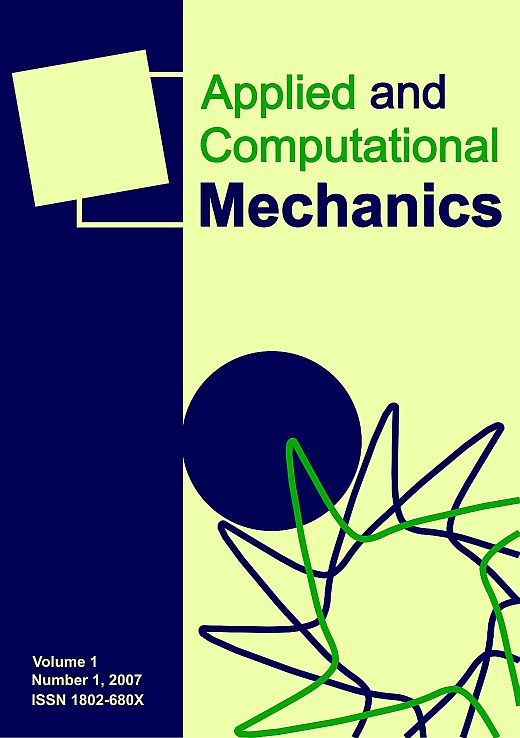Numerical analysis of passenger kinematics and injury risks during a railway vehicle collision: The effect of safety belts
DOI:
https://doi.org/10.24132/acm.2020.562Keywords:
railway vehicle safety, open coach, impact, VirthumanAbstract
The aim of this paper is to contribute to investigation of passive safety of passengers in railway vehicles using numerical simulations. At first, a typical interior of a railway vehicle is created in the Virtual Performance Solution software. It includes finite element models of seats. Their mechanical properties have been determined experimentally. Particular attention is paid to the table in the backseat as a potentially harmful element. In numerical simulations, both folded and unfolded states of the table are considered. The passenger is represented with the virtual human body model Virthuman. Its structure is composed of rigid bodies and deformable segments to account for deformability of soft tissues. It allows for the prediction of injury risk. The numerical simulations aim to investigate the potential benefit of standard seat belts in a railway vehicle. Therefore, the passenger is seated considering three configurations: seating with no constraints, belted with a two-point belt and a three-point belt. The interior is loaded with a crash-pulse prescribed by the GM/RT2100 regulation. The results are discussed in terms of passenger kinematics and injury risk.Downloads
Published
30-Jun-2020
Issue
Section
Articles
License
Copyright (c) 2020 Applied and Computational Mechanics

This work is licensed under a Creative Commons Attribution 4.0 International License.
How to Cite
“Numerical analysis of passenger kinematics and injury risks during a railway vehicle collision: The effect of safety belts” (2020) Applied and Computational Mechanics, 14(1). doi:10.24132/acm.2020.562.







